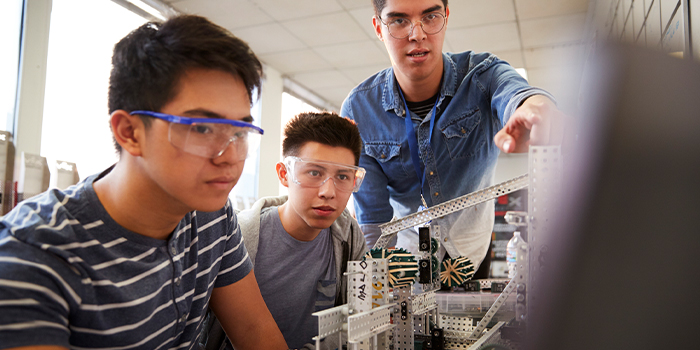
Frank Vahid
Tony Givargis
Roman Lysecky
Abstract— Embedded systems often implement behavior for common application domains, such as the control systems domain or the signal processing domain. An increasingly common domain is pattern recognition, such as determining which kind of fruit is passing on a conveyor belt. Embedded system students and designers typically are not experts in such domains and could benefit from simpler platforms to help them gain insight into the problem of pattern recognition and help them develop such algorithms rapidly. Generic frameworks, such as PID (proportional- integral-derivative) for control, or FIR (finite impulse response) for signal filtering, empower non-expert embedded system designers to quickly build robust systems in those domains. We introduce a generic pattern recognition framework, useful for education as well as for various real systems. The framework divides the task into three phases: feature extraction, classification, and actuation (FCA). We provide template code (in C) that a student or designer can modify for their own specific application. Read the full article here “A Pattern Recognition Framework for Embedded Systems”






